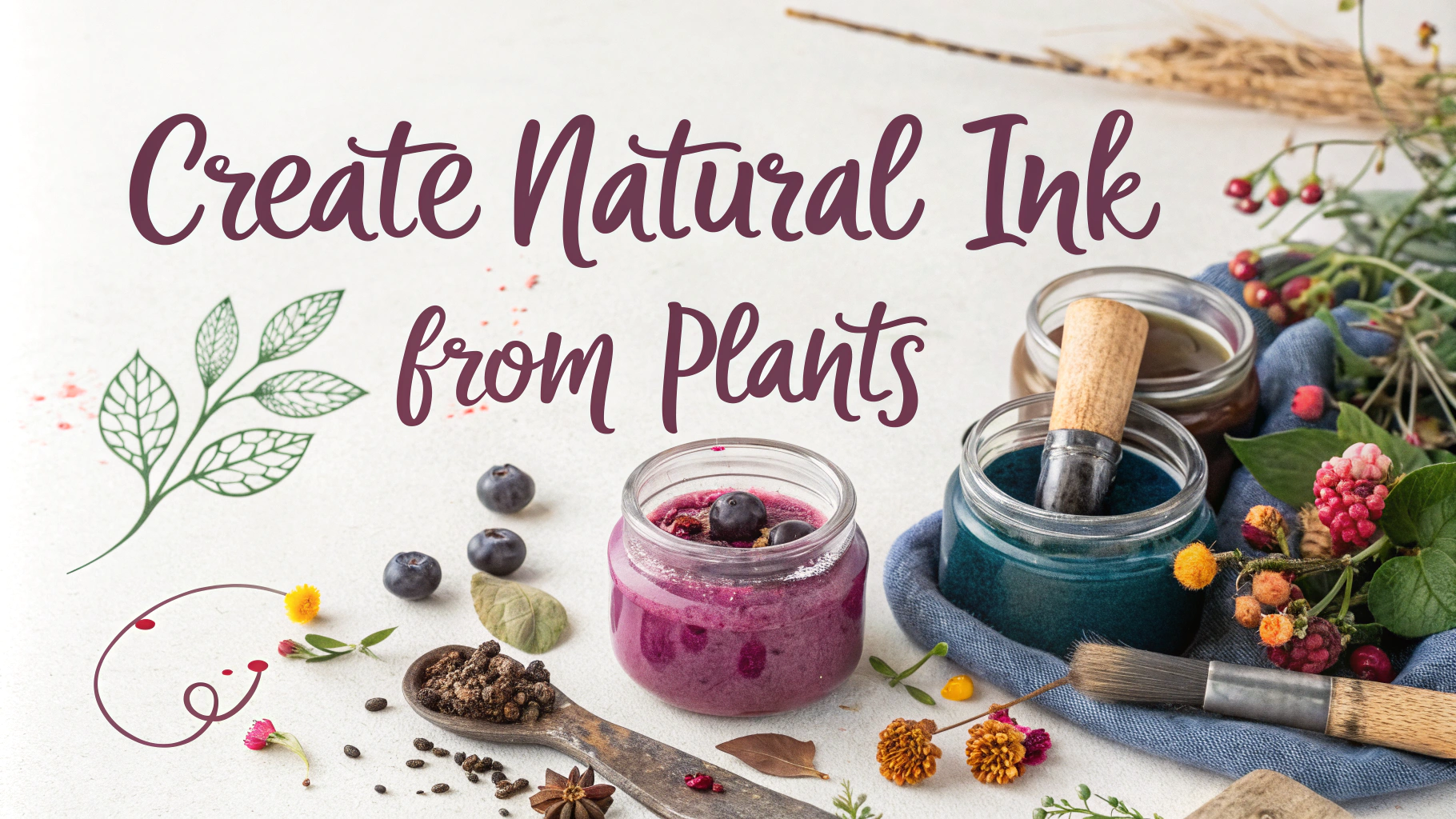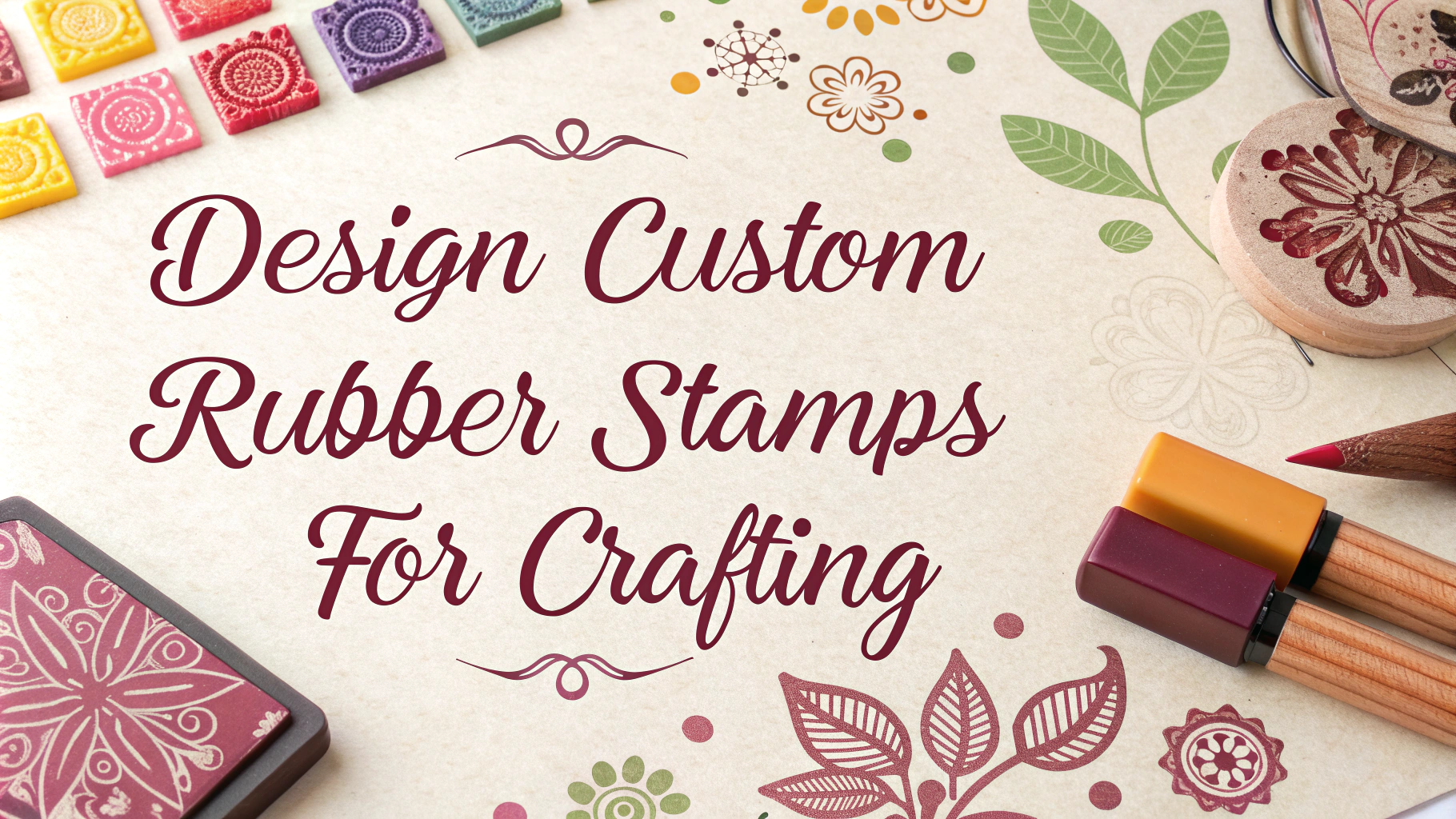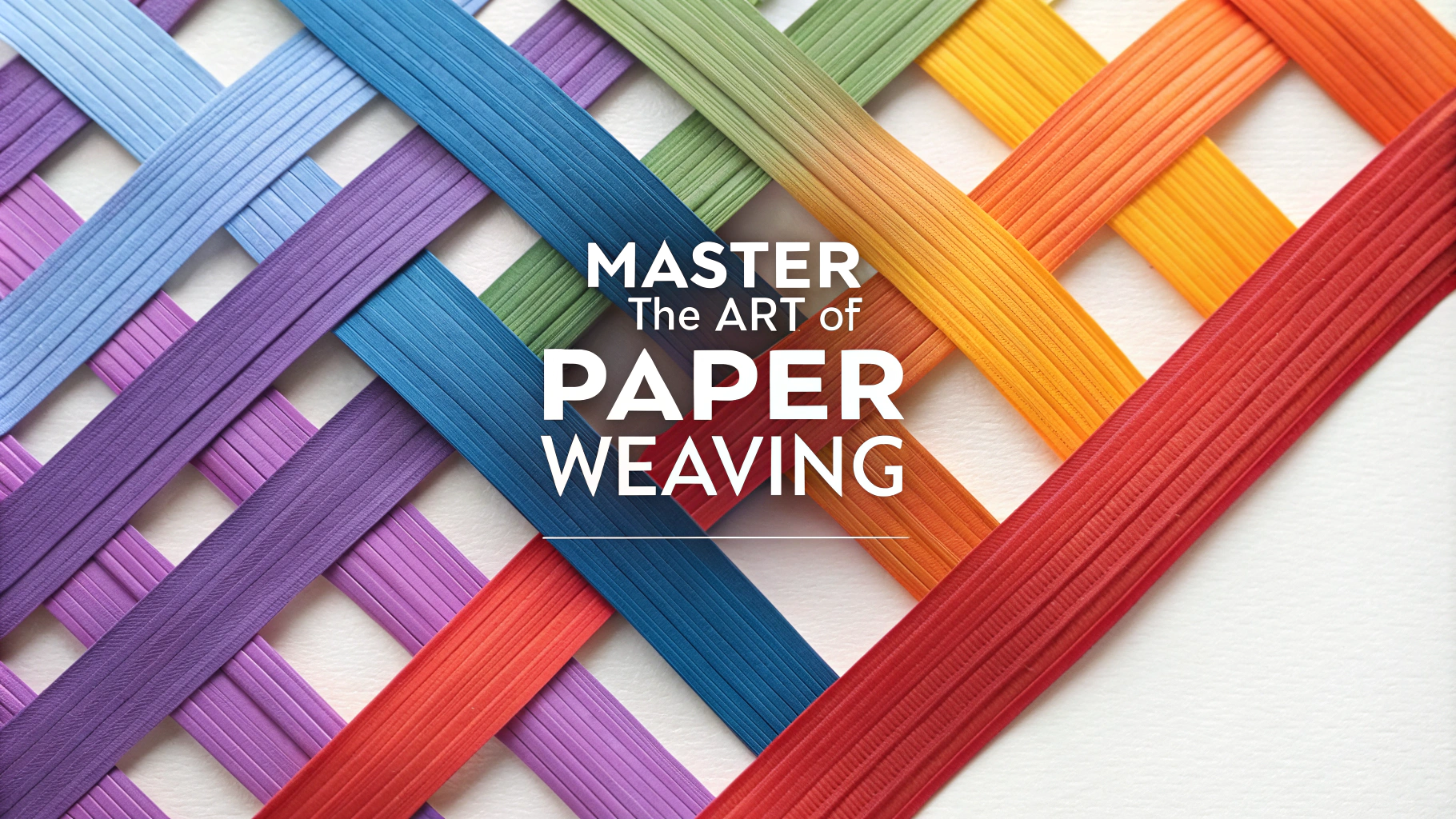Creating lasting natural dyes requires understanding both traditional techniques and modern preservation methods.
Natural dyes offer an eco-friendly alternative to synthetic colorants while connecting us to ancient textile traditions.
Essential Natural Dye Sources
- Indigo (blue) – from Indigofera tinctoria
- Madder root (red) – from Rubia tinctorum
- Weld (yellow) – from Reseda luteola
- Brazilwood (purple-red) – from Caesalpinia echinata
- Cutch (brown) – from Acacia catechu
Mordant Guide
Mordants are metallic salts that help bind dyes to fibers.
| Mordant | Best For | Color Effect |
|---|---|---|
| Alum | All fibers | Brightens colors |
| Iron | Plant fibers | Darkens/saddens colors |
| Copper | Protein fibers | Adds green tones |
Pre-Treatment Steps
- Scour fabric thoroughly with pH-neutral soap to remove oils
- Soak in mordant solution for 12-24 hours
- Rinse in cool water until water runs clear
Color-Fast Recipe Example: Madder Red
- 100g dried madder root per 100g fiber
- 15% alum mordant by fiber weight
- 2% cream of tartar
- Simmer at 180°F (82°C) – never boil
- Process for 1 hour, cool overnight
Tips for Lasting Color
- Use soft water – minerals can affect dye uptake
- Maintain consistent temperature during dyeing
- Add 1/4 cup white vinegar to final rinse
- Dry dyed items in shade to prevent fading
- Store dyed textiles away from direct sunlight
Aftercare Instructions
- Hand wash in cool water with pH-neutral soap
- Never use bleach or harsh detergents
- Line dry in shade
- Iron on reverse side if needed
For professional natural dye supplies, contact Botanical Colors (botanicalcolors.com) or Maiwa Handprints (maiwa.com).
Local master dyers can often be found through textile guilds and fiber arts organizations.
Additional Dye Techniques
Bundle Dyeing
- Place plant materials directly on fabric
- Roll tightly and secure with string
- Steam for 1-2 hours
- Leave bundled 24-48 hours before opening
Overdyeing
- Layer multiple dye colors for complex hues
- Start with lightest shade first
- Allow complete drying between layers
- Document color combinations for repeatability
Troubleshooting Common Issues
- Uneven color – insufficient scouring or stirring
- Weak color – inadequate mordanting or dye quantity
- Bleeding color – improper temperature or rinse
- Spotting – mineral deposits in water
Seasonal Considerations
- Spring: Fresh plant materials available
- Summer: Solar dyeing possible
- Fall: Harvest and dry dyestuffs
- Winter: Focus on stored materials
Conclusion
Successful natural dyeing combines proper preparation, careful technique, and appropriate aftercare. Understanding the relationship between fibers, mordants, and dye materials ensures lasting, vibrant results. With practice and patience, natural dyeing offers sustainable color options and connects practitioners to centuries-old textile traditions.
Document all processes and results to build a personal knowledge base. Join local textile communities to share experiences and continue learning from fellow dyers.
FAQs
- What are the most colorfast natural dyes available for textile dyeing?
Indigo, madder root, weld, and cochineal are among the most colorfast natural dyes. Indigo provides blues, madder gives reds and pinks, weld produces yellows, and cochineal creates deep reds and purples. - How can I make natural dyes more permanent on fabric?
Use a mordant like alum, iron, or copper sulfate before dyeing. These metallic salts help bind the dye to the fiber, significantly improving colorfastness and preventing fading. - Which fabrics work best with natural dyes?
Natural fibers like cotton, wool, silk, and linen accept natural dyes best. Protein fibers (wool and silk) generally achieve deeper, more colorfast results than cellulose fibers (cotton and linen). - Why do some natural dyes fade faster than others?
The molecular structure of different dyes affects their lightfastness. Some dyes, like turmeric, have weak chemical bonds with fibers, while others, like indigo, form stronger bonds resulting in better colorfastness. - What’s the proper mordanting process for lasting natural dyes?
Soak fabric in mordant solution (typically 15% alum by weight of fiber) at 180°F for one hour, then let cool overnight. Rinse thoroughly before dyeing for best color retention. - How can I prevent natural dyes from washing out?
Add a fixative like vinegar for protein fibers or salt for cellulose fibers during the dye bath, use correct mordanting techniques, and always wash dyed items in cold water with mild detergent. - What pH levels work best for different natural dyes?
Most natural dyes work best in slightly acidic conditions (pH 4-6). However, indigo requires alkaline conditions (pH 10-11) for proper reduction and dyeing. - How long should I let fabric sit in natural dye baths?
Allow fabric to soak for at least one hour at a simmer (180°F) for most dyes. Some dyes like indigo require multiple short dips, while others benefit from overnight soaking. - Can I layer natural dyes to create new colors?
Yes, overdyeing with different natural dyes can create new colors. For example, indigo over yellow weld creates green, while madder over yellow creates orange. Always dye with lighter colors first. - What’s the best way to store natural dyed fabrics?
Store naturally dyed fabrics away from direct sunlight, in a cool, dry place. Roll rather than fold to prevent crease lines, and avoid plastic containers which can trap moisture.









